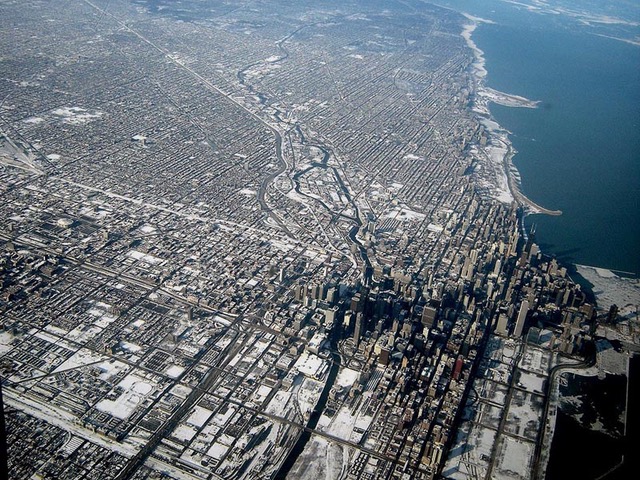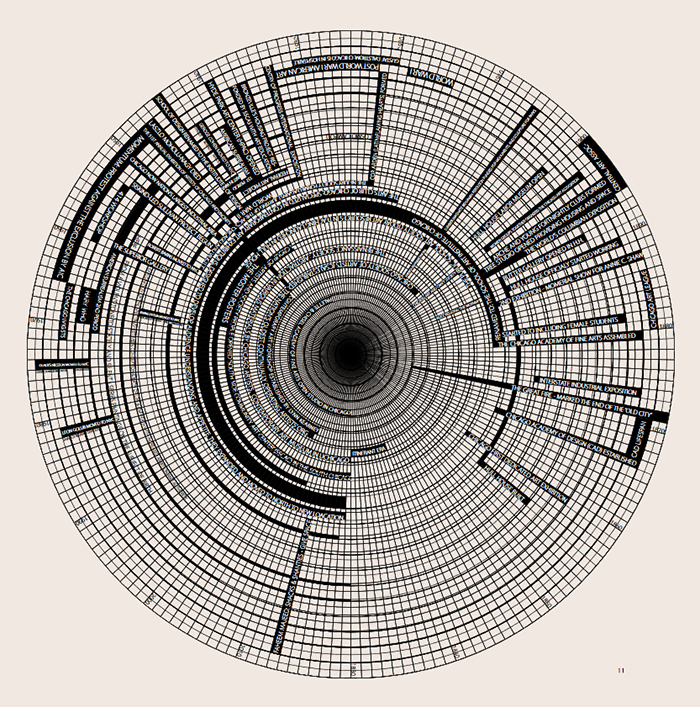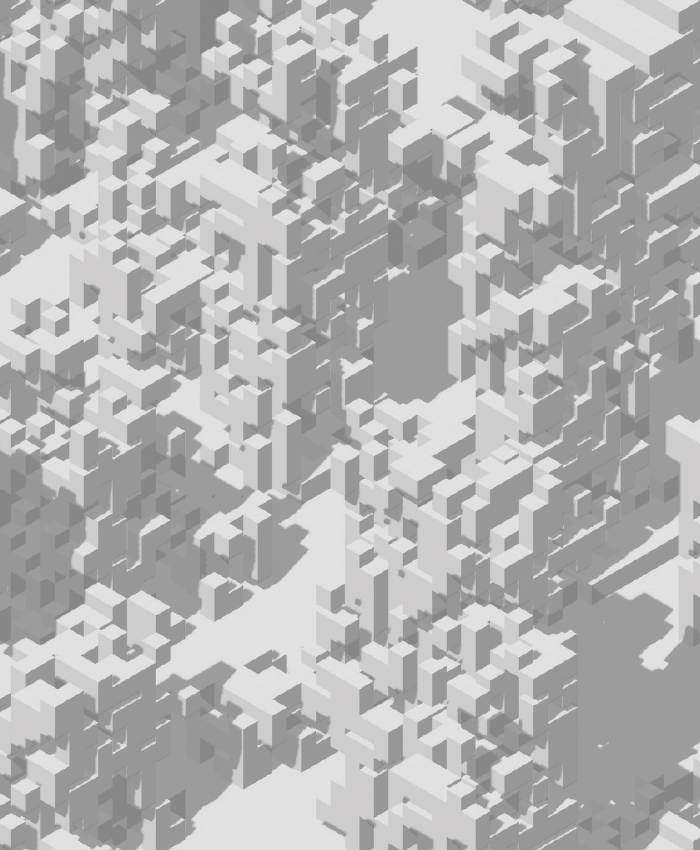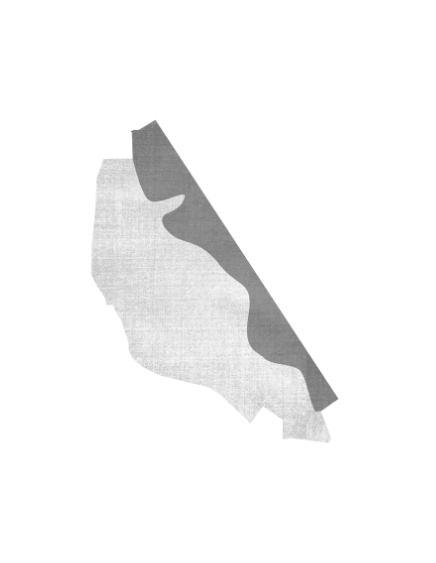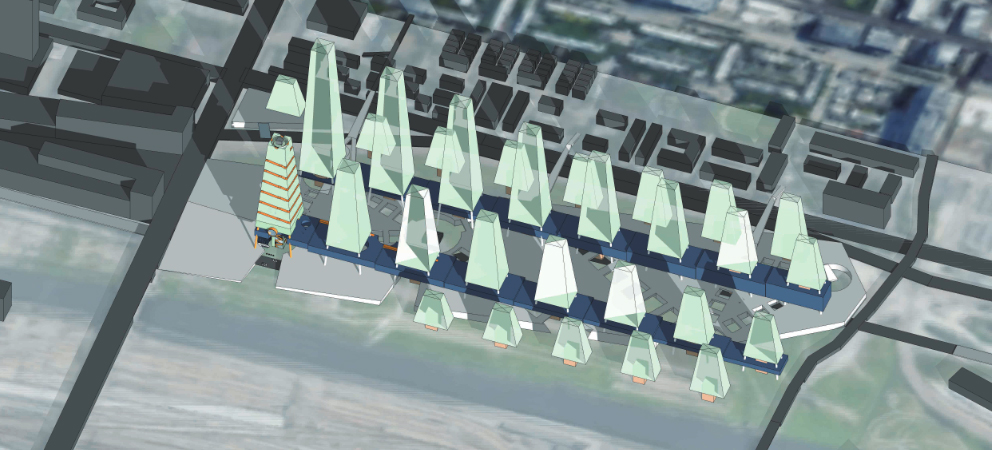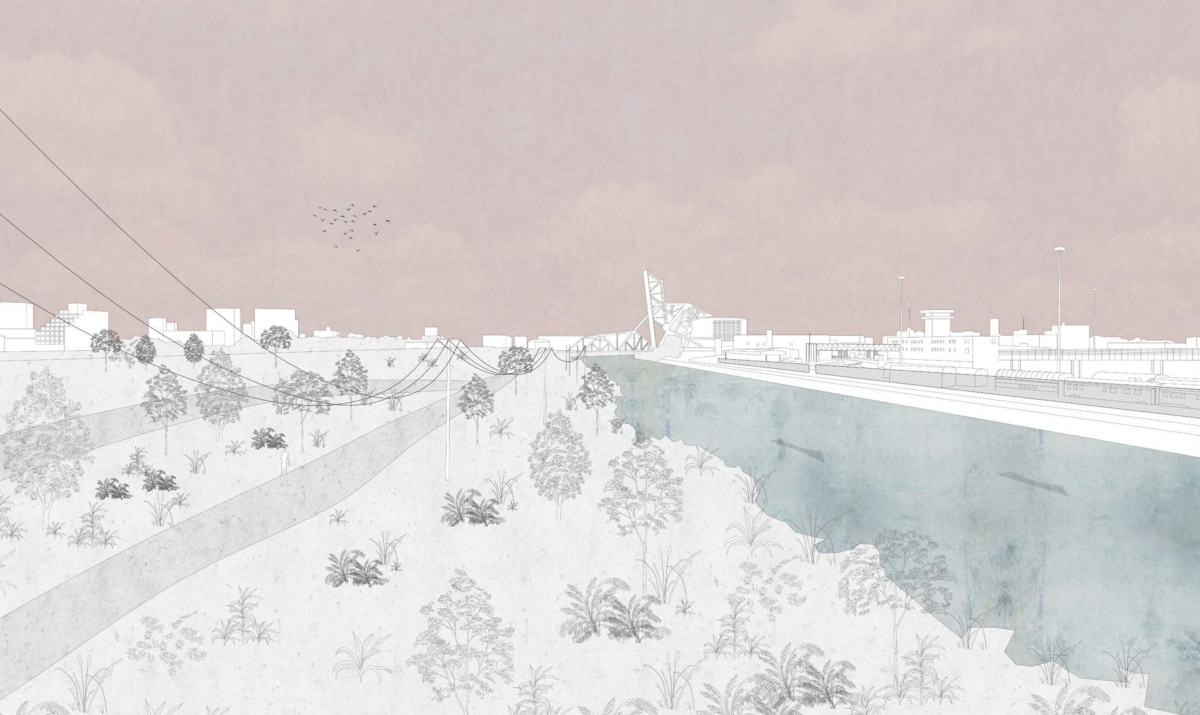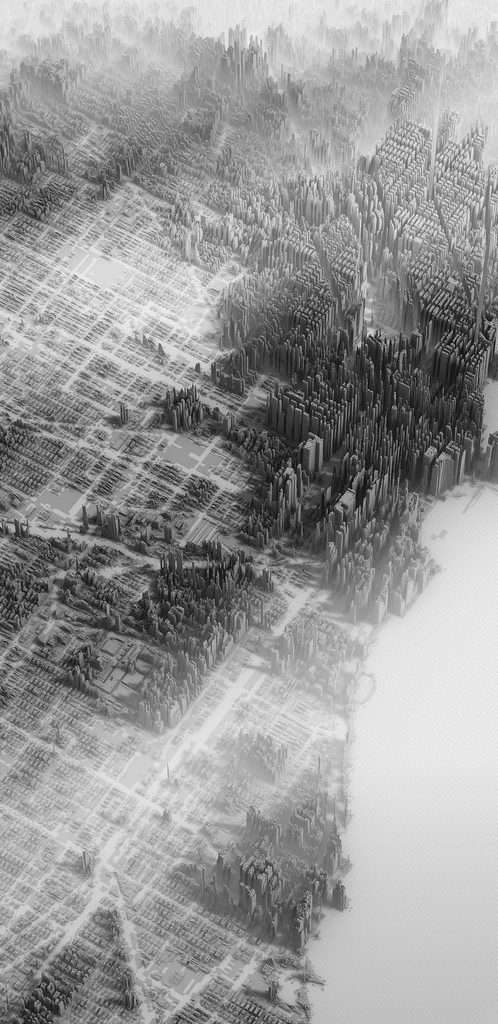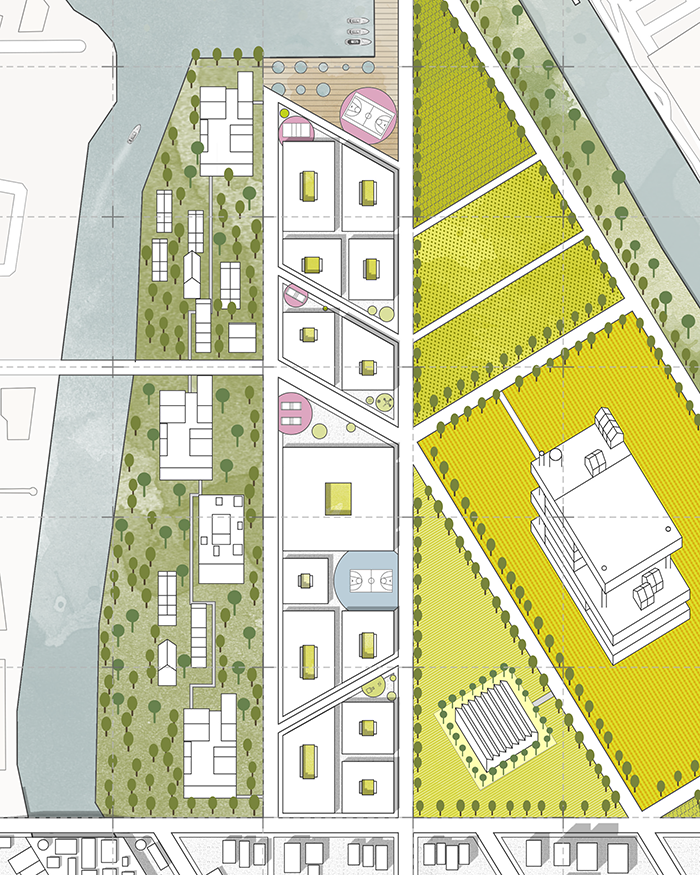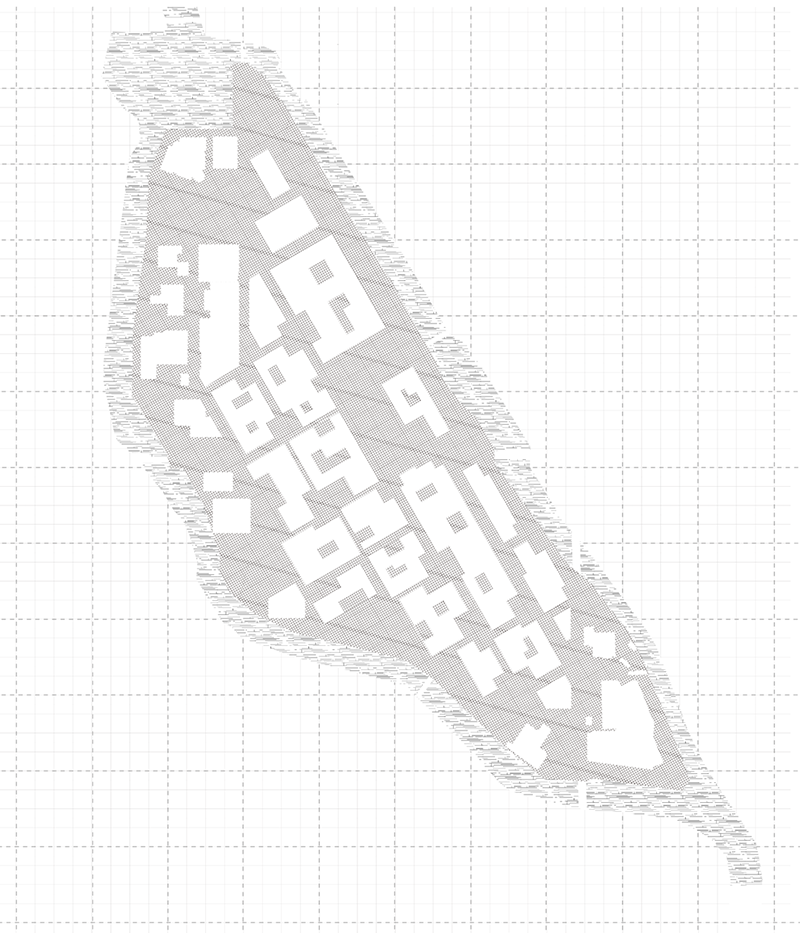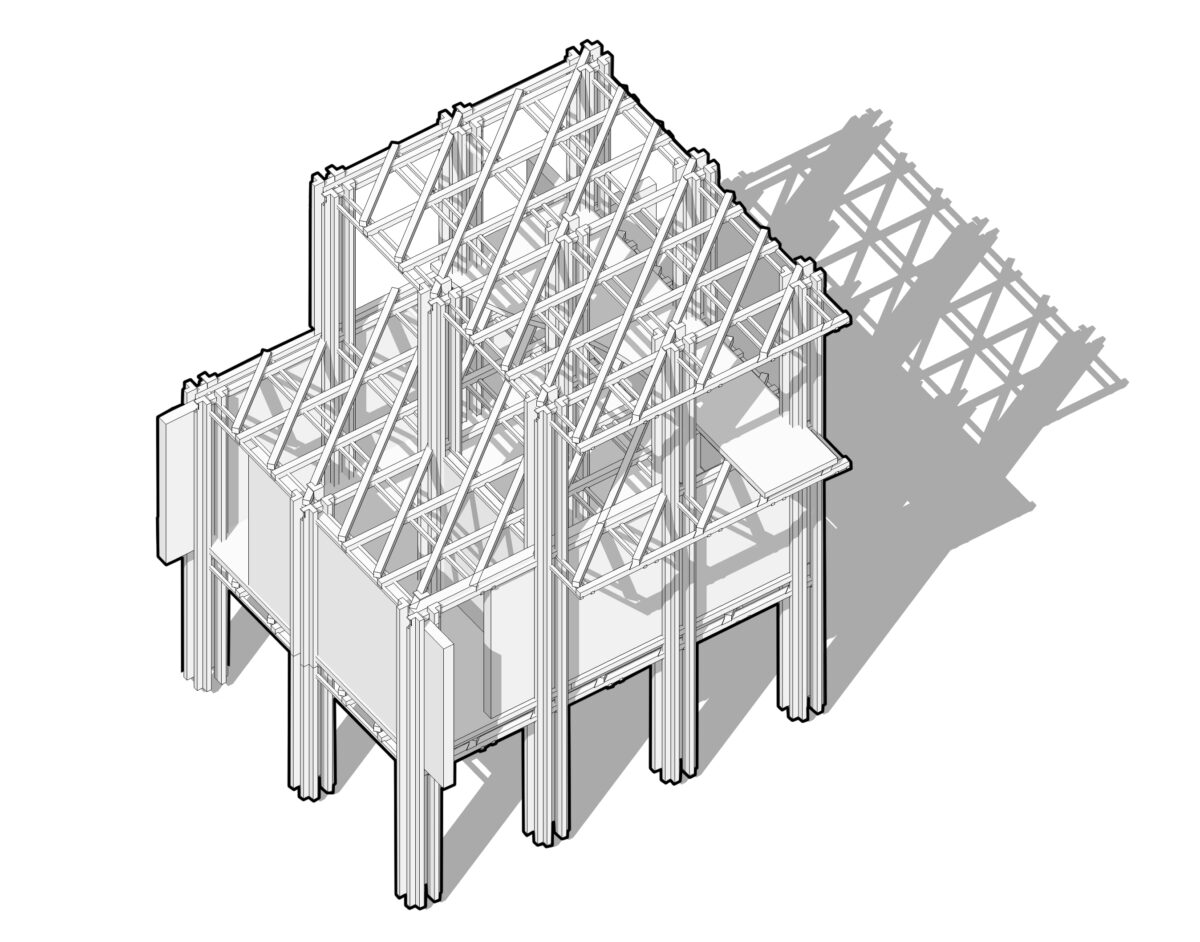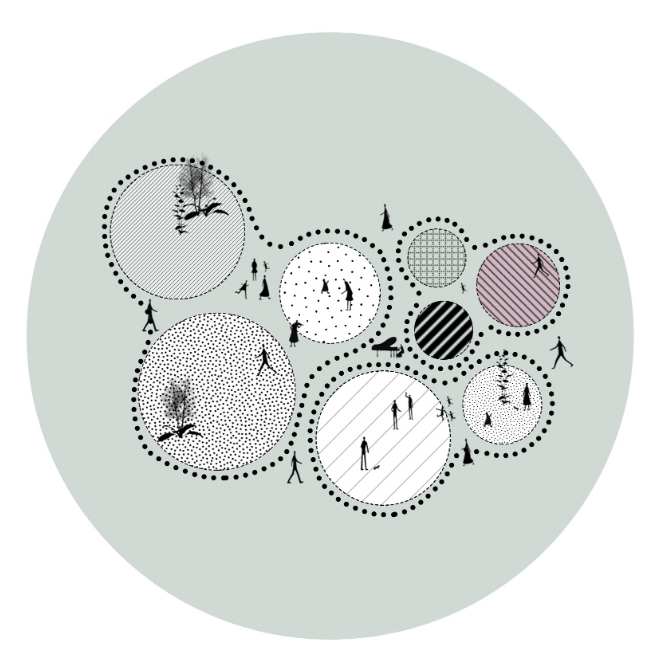Rethinking Chicago’s Homes
Graduation studio, academic year 2021-22, Brussels
Promotor: Martine De Maeseneer
objectives
“Architecture remains one of the rare expressions in everyday life that provides a continuous experience of those other worlds and their distinct forms of organization and value, and simultaneously lays claim on a future that architecture’s particular techniques of projection allow. Architecture is a plastic practice, exactly positioned to enact alternatives: to produce holes in the world, stage breakouts, and release the virtuality captured in the real. The world “as it is” never constitutes a sufficient condition for architecture. And if you propose to “do” architecture – whether producing it, exhibiting it, or writing about it – that should not go without saying.“
from “Easier Done Than Said” by The Cameo, in Flat Out, fall 2016
content: programme and theme
As a very centralised city benefitting from production and distribution in past and present, its renown grid was offering Chicago a most flexible means to develop and grow. Now at its licentious accretion it is ready for transition into a place for ideas and knowledge, for creativity and wit. From its position at the Michigan lake it is still an utmost important city to connect the US to the world, and it is now more than mature enough to become a world in itself: to digest, translate, transform, and transcend all the surrounding and imposed energies.
This time there is no need to pioneer on tabula rasa or to push to another frontier. Now we can start with existing qualities, identifying them, highlighting them, dramatizing them and, by doing so, begin a new practice of social and urban renewal, towards new futures.
A future that perhaps makes the Chicago’s Loop or suburbia into a place that gives people a reason to stay and grow old.
A variety of cases studies of prototypical community environments & mixed public buildings (integrated in their specific surrounding neighbourhood and context at large) and theoretical essays, chosen by the respective partners guarantee a critical and open discussion of the general theme and the produced outcomes, which will eventually lead to the design of a new sort of living environments by means of a mixed public building within the loop or adjacent neighbourhood suburbias.
One possibility is a new site in discussion, known as “Rezkoville”, along river south of loop. http://www.chicagomag.com/real-estate/May-2018/RIP-Rezkoville-Hello-the-78/#/0
Is being discussed as Amazon HQ site, and kind of mega tech/innovation mixed use campus with private, state, university partners…Silicon Valley for Chicago; could work as grid anomaly…
Another site possibility is the ‘Goose Island’, a former industrial island within the heart of the city.
The studio and research will be developed in collaboration with the team of Robert Somol, director school of architecture UIC Chicago. UIC will host the students during the Febr2022 visit- http://arch.uic.edu. (the actual visit is depending on the corona-crisis development, but today we know already that the US borders are opening in Nov2021 for those with a covid-safe ticket).
the performative architecture studio – strategy & framework
Since the end of the 19th century, the beginning of the 20th century the idea has gradually grown that forms -no longer- come forth out of a ‘mental back-up’ which is inherited since immemorial times, which was thought to be vital for us – enabling us to speak, to see and to produce. The scenario that has come in its place is where these ‘forms’ have fled along our body, into the open space, into thin air.
As a result one can also understand how the western fascination for pure geometry descended over projective geometry to topology, fluidums, networks. In philosophy one calls that the downpour of platonic solids. It’s a movement that one can witness, happening in the last century. It’s a movement wherefrom generations of modern architects could not escape.
But nevertheless the picture still stands of this carrier space, a canvas, an envelope, a kind of background noise at the very least that works further behind or below the visible and reality. Sui Generi ‘diagrams’, which is the word which was very much in vogue in the second half of the nineties, work at the same time more autonomous and more generalizing.
For the architect/student it is paramount to chase these forms down, to get grip of them if one wants to know in which direction architecture is moving, as well as on a transpatial or spatial local level.
The studio focused on a continuously search for a broader field of ‘patterns’, ‘motives’, ‘logos’, ‘plots’ and ‘timbres’. — Words with an architectural resonance – which are an expression of a social, cultural an political involvement and expertise at large. This kind of (in)directness works.
This kind of architecture will demonstrate itself to us as it will jump from the classical adagio of likelihood (‘to like or not’ …) to an architecture where behaviour stands central (‘to behave or not’ …). Think then in the given context about the iteration ‘to click or not’ …, whereby texts, words, characters become functions in a sort of digital acrostics: just, avoid to stick them together with images in a glossy picturesque of branding of a city.
Students who are interested in the ‘Performative Architecture Studio’-framework, but cannot travel to Chicago, can be allowed to work on the city and site of their Erasmus exchange, or another choice in agreement with the studio promotor.
Former ‘Performative Architecture’ studio work for the city of Chicago can be found here :
https://www.blog-archkuleuven.be/?s=chicago
Research by Design/Design by Research
within the field of architecture is defined by five actions fields:
-theoretical approaches that frame our way of reading or designing space and raise our critical consciousness,
-reference projects that illustrate similar challenges to the formulated topic and provide distance to explore different ways of analyzing or intervening in urban space
-case studies that allow us to investigate all physical, cultural, social and territorial implication of the studied projects on different scales
-systematic review and synthesis of all previous phases, to construct a coherent but critical back-up for reading or intervening in the built environment in the field of architecture or urban design, sometimes combined with a design or intervention proposal
-design of an architectural intervention on the proposed site, coherent with the theoretical framework and topic
program: timing and organization
The Brussels studio can recrute students from both Ghent and Brussels. Whilst the Brussels students will focus more on an alternative reading of urban landscapes with a greater focus on urban issues, students inscribed in Ghent will focus on issues of sustainability, not only as technical means, but also in terms of social, cultural and economic sustainability. Both groups will join the studio space in Brussels working alongside one another, nurturing a cross-group debate.
The studio places a high emphasis on using drawings and models not as illustrative methods but as design and research tools that test, evolve and resolve ideas in a rigorous manner. The studio demands a very high engagement from each student to challenge their established working methods and to embrace, often unfamiliar ways of working. The study of key theoretical texts, precedents and theories as well as research into cross-disciplinary fields forms the basis for critical reflection and is key for the formation of a coherent theoretical framework and contextualised position. Research will accompany the thesis project throughout (not just at “the start”). Process driven work and enquiry will form an integral part of the thesis project. The intellectual decision-making process as well as the investigative design development will be on-going throughout the thesis project. For further guidelines, please ensure that you read and understand the Master Dissertation Guidelines.
Read more on the studio here (pdf)


